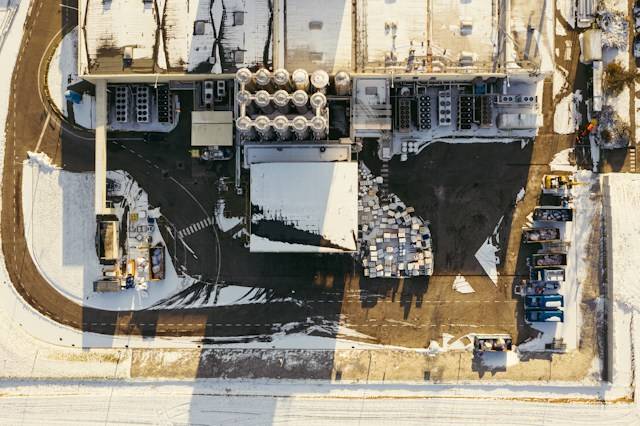Elevating Facilities Management: Automation and Analytics in the Modern Era

Introduction
In the ever-evolving landscape of facilities management services, a revolutionary duo is propelling the industry into the modern era – Automation and Analytics. This dynamic combination is not merely a technological upgrade but a paradigm shift, ushering in a new era of excellence in facilities management. This article explores the pioneering role of Automation and Analytics in transforming traditional practices into proactive, data-driven, and highly efficient operations.
1. The Automation Revolution: Redefining Operational Efficiency
Automation emerges as a cornerstone in the quest for facilities management excellence. From routine tasks to complex processes, automation streamlines operations by replacing manual efforts with smart, efficient technologies. The result is a more responsive, error-free, and scalable management system that optimizes resource usage and enhances overall efficiency.
2. Robotics in Facilities Management: Merging Precision with Agility
The integration of robotics heralds a new era in facilities management. Robots equipped with advanced sensors and automation capabilities handle tasks such as cleaning, maintenance, and security patrols. This not only elevates precision and reliability but also allows human resources to focus on strategic aspects, amplifying the agility of facilities management operations.
3. Predictive Analytics: Anticipating Challenges for Proactive Solutions
The power of data takes center stage with predictive analytics. By analyzing historical data and identifying patterns, facilities management embraces a proactive approach. Predictive analytics anticipates potential challenges, allowing for preventive measures. This data-driven foresight minimizes downtime, reduces costs, and ensures a more resilient and adaptive management strategy.
4. Data-Driven Decision-Making: Transforming Insights into Action
Analytics empowers facilities managers with actionable insights derived from vast datasets. This data-driven decision-making approach optimizes resource allocation, enhances operational strategies, and contributes to continuous improvement. In the modern era, facilities management evolves beyond reactive responses to become a proactive, strategically guided endeavor.
5. Energy Analytics: Shaping Sustainable Facilities
Automation and analytics converge in energy management, shaping sustainable facilities. Energy analytics platforms monitor consumption patterns, identify inefficiencies, and suggest optimization strategies. The result is not only reduced environmental impact but also significant cost savings, aligning facilities with the global drive towards sustainability.
6. Condition-Based Maintenance: Precision in Asset Management
The marriage of automation and analytics introduces condition-based maintenance, a paradigm shift from scheduled to precision-driven asset management. By continuously monitoring the condition of equipment through sensors and analytics, facilities can perform maintenance precisely when needed, extending the lifespan of assets and minimizing disruptions.
7. Remote Monitoring Technologies: A Digital Oversight Revolution
Automation enables remote monitoring technologies to take center stage in facilities management. Real-time insights into equipment performance, security systems, and environmental conditions are accessible remotely. This digital oversight revolutionizes how facilities are managed, offering unprecedented control and responsiveness regardless of physical location.
8. Workflow Automation: Streamlining Processes for Efficiency
Workflow automation optimizes the entire spectrum of facilities management processes. From work order management to inventory control, automation streamlines workflows, reducing manual intervention and minimizing errors. This efficiency ensures that tasks are executed seamlessly, contributing to a well-orchestrated and organized facility management ecosystem.
9. Intelligent Building Management Systems: Orchestrating Seamless Operations
The integration of Automation and Analytics gives rise to Intelligent Building Management Systems (IBMS). These systems act as the orchestrators of seamless operations, unifying various automated processes and analytics insights. IBMS enhances coordination, efficiency, and overall effectiveness in managing complex facilities.
10. Employee Experience Optimization: A Human-Centric Approach
Amidst the technological surge, Automation and Analytics contribute to a human-centric approach in facilities management. By automating routine tasks and leveraging analytics for strategic decision-making, facilities managers can focus on enhancing the overall employee experience. This includes creating comfortable work environments, anticipating occupant needs, and fostering a positive and productive atmosphere.
Conclusion
In conclusion, the synergy of Automation and Analytics represents more than a technological upgrade in facilities management; it signifies a revolutionary shift towards excellence. From precision-driven robotic interventions to data-powered predictive analytics, facilities management operations are elevated to new heights. As organizations embrace this synergy, they not only enhance operational efficiency but also pioneer a future where facilities management is not just managed but truly optimized for success in the modern era.










